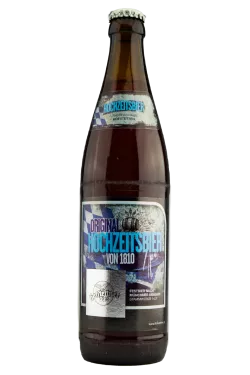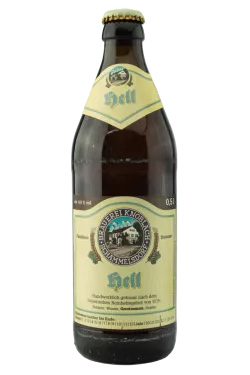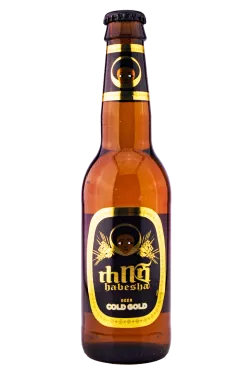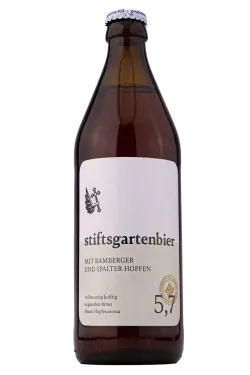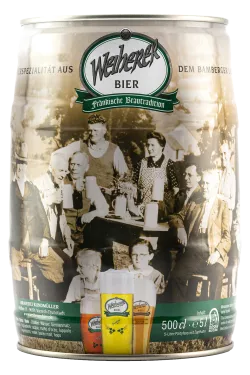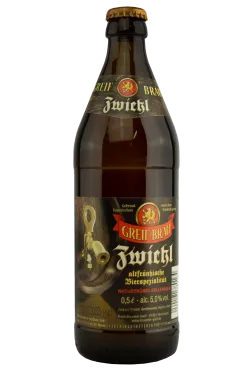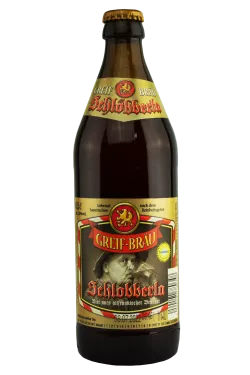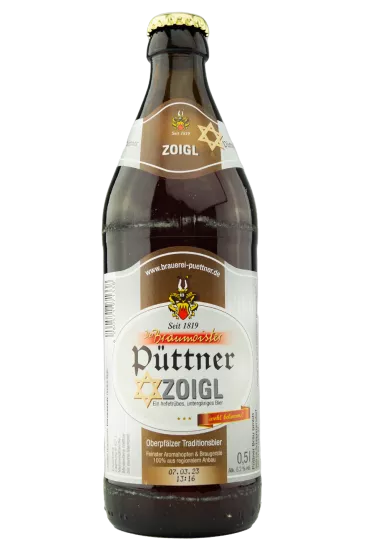
zoigl
Notify me
Enter your email address here to be informed once as soon as the article is available again.
The Zoigl is part of Germany’s intangible cultural heritage and an integral part of the Upper Palatinate culture of enjoyment. This special beer is traditionally brewed in so-called communal breweries and behind the boiler there are no experts, but private individuals. At least that’s how it used to be. Citizens of a town or village who have the right to brew meet several times a year in the brewery to prepare a beer wort together with a professional brewer. The finished boiled and hopped wort was then divided among those involved and finished in their own four walls. Although the basis of the bottom-fermented beer was the same for all of them, the results varied greatly due to the fluctuations in storage time, technology and experience.
Most of the beer was brewed for own use, but some was usually served. The house with the temporary Zoigls room was marked with a Zoigl star: This symbol, also known as the brewer’s star, looks confusingly similar to the Star of David and combines the six-armed star with the brewers’ tools.
Today, most Zoigl beer is no longer made in communal brewhouses, but by breweries. They brew the beer from the first to the last step and then serve it on tap or sell it in bottles. A ruby-red example from an expert hand comes from the Püttner brewery. Your Zoigl is cloudy with yeast, natural and wonderfully malty.
- Content
-
0,50 Liter Bottle
- Brauerei
-
 Brauerei Püttner
Brauerei Püttner
- Bierothek® ID
- 10431001
- EAN
- 4260571971338
- Weight
- 0.5kg(0.88kg with packaging)
- Deposit
- € 0.08
- LMIV
- Responsible food business operator (EU)
Püttner Bräu GmbH, Hauptstraße 11, 95519
Schlammersdorf Deutschland(DE)
- Beer style
- german lager beers
- Food recommendation
- Starter: Beef carpaccio
Main course: Grilled poultry with vegetables
Dessert: Heavy cakes - Alcohol content
- 5.2 % vol
- Ingrediants
Water, barley malt, hops, yeast


